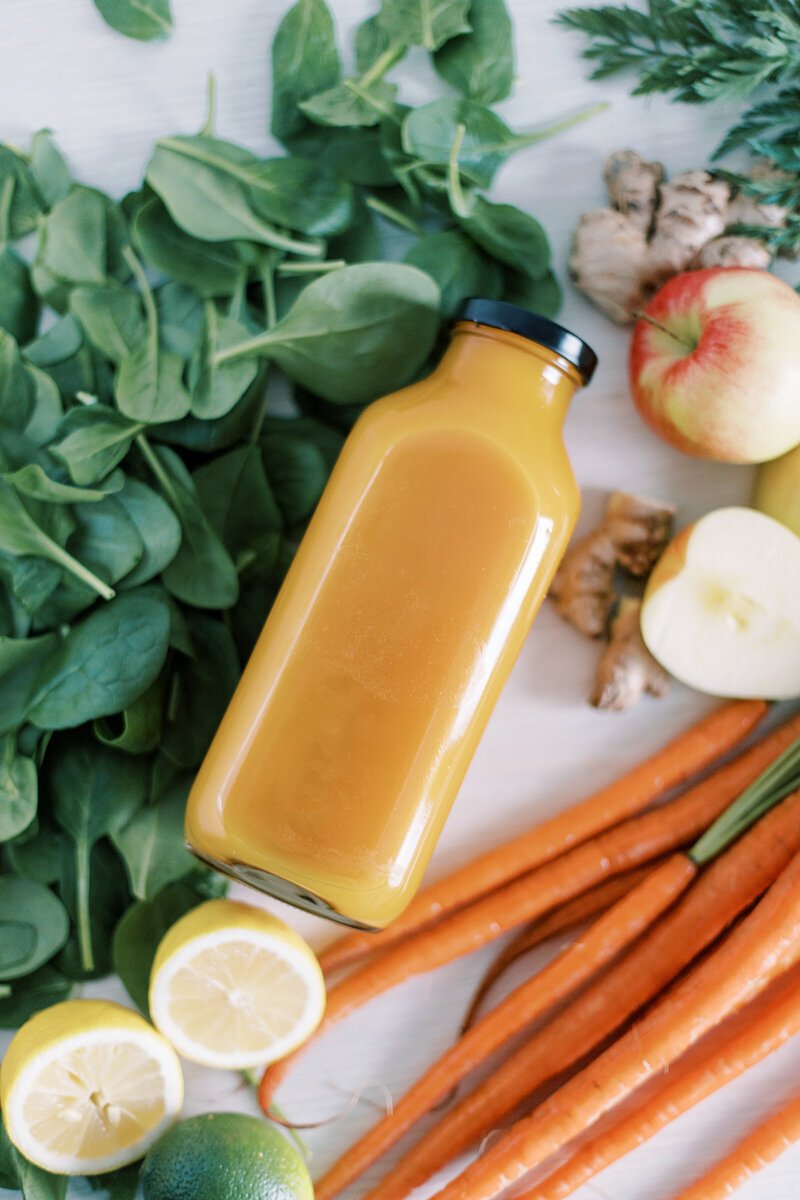

Breakfast cereals. Pre-packaged pastries. Carbonated beverages. Potato chips. Processed meat products like hot dogs, lunch meats, and chicken nuggets. These are all prime examples of ultra processed foods (UPFs): foods that have been significantly altered from their natural state.
Ultra processed foods are kind of like Frankenfoods: deconstructed from their original ingredients and put back together with lots of other poor-quality substances that aren’t commonly used in cooking (like preservatives, emulsifiers, flavors, additives and artificial colors). These ingredients might make foods look and taste edible, but unlike whole foods, they lack the nutrients we require for optimal health.
What’s even scarier, though, is how these foods make up about 71 percent of the US food supply.
This is pretty concerning considering the direct link between heavily processed foods and 32 adverse health effects ranging from cancer to early death! These findings come from a recent review of 45 studies and 9.8 million participants, making it the largest review of its kind to date. But even so, this review doesn’t take into account the potential cognition-related effects of consuming ultra processed foods, like left hippocampal shrinkage (this part of the brain is involved in learning, memory, and mood regulation).
If you ask me, no food is worth these health risks. Especially when real, whole foods are readily available.
Let’s take a closer look at the new ultra processed foods study and discuss how to differentiate between minimally-processed foods (like quinoa and bagged veggies) and ultra-processed foods (like hot dogs, salami, and breakfast cereals) – because unless you are picking it off the tree and eating it, most food is going to be processed, one way or another.
The ultra processed foods study
According to the peer-reviewed report published in The BMJ, ultra processed foods like pre-packaged meat products, pizza, hot dogs, chips, ice cream, and chocolate milk are directly associated with an increased risk of cancer, cardiometabolic disease, anxiety, depression, asthma, adverse sleep-related outcomes, and cardiovascular disease-related mortality.
One of the 45 studies analyzed even found that consuming processed foods increases the risk of developing Crohn’s disease, and not just heavily processed foods, but minimally processed foods, as well.


But what is it, exactly, that makes ultra processed foods so dangerous to our health?
In comparison to other foods categorized under the four-grade NOVA classification system, ultra processed foods are often high in chemicals, food additives, preservatives, sodium, sugar, and saturated fat. They’re also low in vitamins, minerals, dietary fiber, and other essential nutrients — and contain few, if any, whole foods like fruits, veggies, whole grains, and nuts.
Other foods categorized under the NOVA system include:
- Unprocessed or minimally processed foods. These include group one foods such as fresh, frozen, or bagged fruits and veggies; eggs; unsalted nuts and seeds; plain and unsweetened milk; dried beans and legumes; and bulk or pre-packaged grains.
- Processed culinary ingredients. These include group two foods such as sugar, salt, oils, butter, fats, maple syrup, and honey.
- Processed foods. These include group three foods such as canned beans and legumes, tomato paste, salted nuts and seeds, canned fish, freshly made breads, and fermented alcoholic beverages.
- Ultra processed foods and drinks fall under the fourth group: the most processed and least nutrient-dense of all four groups. Examples included sodas; “instant” and pre-packed meals; sweetened yogurts; margarines; and packaged bread products like sandwich bread, hot dog buns, and hamburger buns. The list goes on!
My take on processed foods
As a Registered Dietitian with more than 20 years of experience, I can’t say I was surprised by the study’s results. After all, I’ve written about processed foods in the past (like in this blog on how to eat processed food and this one on eating packaged foods). I also have an entire course devoted to removing these foods from your diet.
For years we’ve known that heavily processed foods increase our risk of noncommunicable diseases and early death — and this is just the tip of the iceberg. Ultra processed meat products like hot dogs and sausages were even classified as Group 1 carcinogens back in 2015 after researchers found that consuming 50 grams of processed meat daily increases a person’s colorectal cancer risk by 18 percent. This amount of processed meat eaten to increase risk equates to about two slices of ham or one hot dog per day.
For me, the new BMJ study only further validated my own decision made long ago to recommend minimally processed foods over ultra-processed foods. When shopping for groceries, I recommend choosing single whole grains like brown rice and oats vs the flours of these grains. If a product contains a long list of ingredients that I probably wouldn’t use while cooking at home, I don’t recommend it (or buy it myself).
That said, all foods are processed in one or another, so there are “good” processed foods out there. I’m definitely not suggesting we should avoid processed foods altogether.
The BMJ study isn’t referring to all processed or packaged food items, but rather the ultra-processed foods that hardly meet Britannica’s definition of food (which by the way, means “a substance that consists of essentially of protein, carbohydrate, fat, and other nutrients used in the body of an organism to sustain growth and vital processes and to furnish energy”).
On the other hand, many minimally processed foods are essential in a nutritious, well-balanced diet. These include:
- Bagged veggies and frozen fruit
- Nuts and seeds
- BPA-free canned beans and legumes
- Oats and single whole grains like wild rice and quinoa
- Canned tuna and salmon
- Granola
- Some energy bars and baked snack foods


When in doubt, read the food label. If a food item contains five or more ingredients that you don’t recognize or wouldn’t use to prepare food at home, then it’s probably best to leave it on the shelf. I understand how confusing food labels can be, so I’ve written about these topics to help you understand marketing claims like gluten-free, natural, and grass-fed.
The Bottom Line
I know the results of the recent BMJ study may seem dire, but having this new information is actually empowering. It’s an important reminder that we have the power to influence our health and well-being through the food choices we make.
I hope this blog along with my other offerings like Nourish 21 will help you make healthier food choices that transform the way you eat and supercharge your health!
Ready to explore 21 days of clean eating? The next session of Nourish 21 is right around the corner! Join the waitlist to be notified as soon as registration opens.




